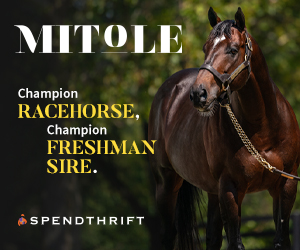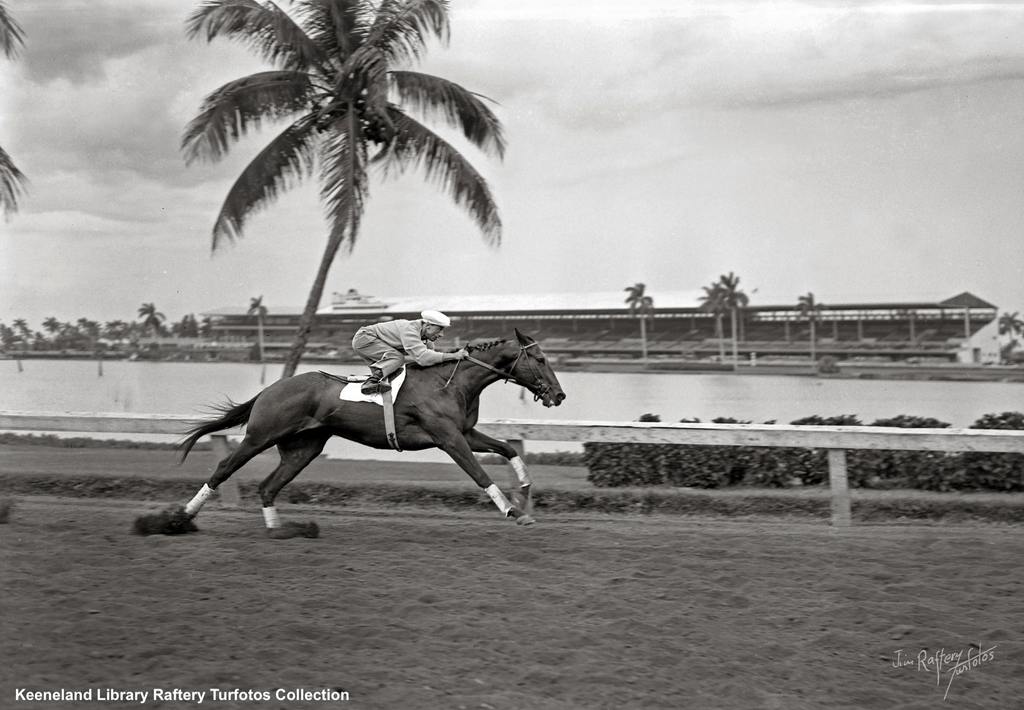
Bold Ruler with Eddie Arcaro up at Hialeah. (Keeneland Library Raftery Turfotos Collection)
Eclipse Award-Winning Photographer Barbara Livingston Gifts Jim Raftery’s Turfotos Collection to Keeneland Library
Collection chronicles nearly 60 years of racing; largest still image gift in Library history
Keeneland Press Release
LEXINGTON, Ky.– Keeneland Library today announced a history-making gift from six-time Eclipse Award-winning photographer Barbara Livingston, who has donated an estimated 2 million photographic negatives from the collection of famed Turf photographer Jim Raftery. Raftery’s Turfotos Collection is the most comprehensive photographic collection of Thoroughbred racing in 20th century North America, chronicling the sport’s human and equine legends for nearly 60 years, from the late 1930s through the early 1990s.
“We are incredibly grateful to Barbara for placing this incomparable historic industry asset in our care,” Keeneland Library Director Roda Ferraro said. “The Raftery Turfotos Collection is the largest gifted still image acquisition in Keeneland Library history, and we are honored to preserve Jim Raftery’s legacy for future generations of researchers, writers and racing fans.”
Livingston, the longtime chief photographer for Daily Racing Form, acquired the Turfotos collection from Raftery’s family in 2020 as part of her personal quest to preserve racing’s photographic history.
“Jim Raftery was among the all-time great racing photographers; he was stunningly prolific and a character to boot,” Livingston said. “I gave the majority of negatives and slides from the Raftery Collection to Keeneland Library because they will provide the collection a safe haven.
“I grew up inspired by so many photographs from the collections of Skeets Meadors, C.C. Cook, and more, that Keeneland Library provided to others for their use,” she said. “I saw how the Library preserved these collections, as well as the respect they have for history and photographers. The Library was clearly the right choice for me and, more importantly, it was the right choice for Jim Raftery and his family. Jim Raftery’s name will now continue to be seen and, with Keeneland’s help, his photographs will no doubt inspire future photographers, racing historians and racing fans.”
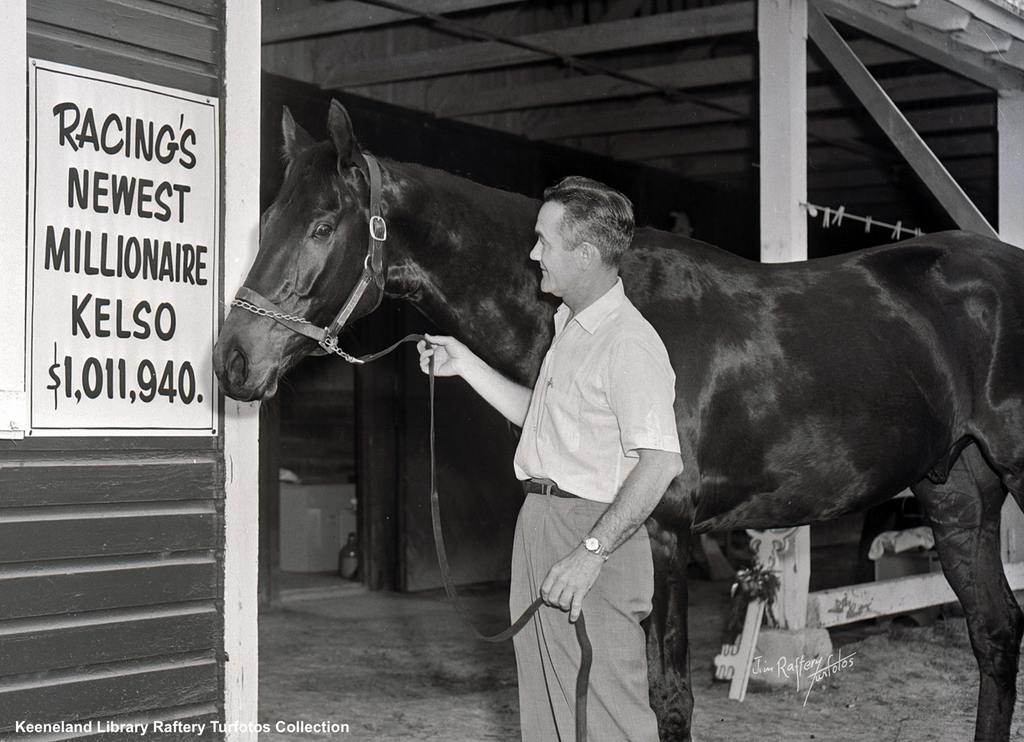
About Jim Raftery and his legacy of racing
James Joseph Raftery was born Jan. 29, 1915, in Everett, Massachusetts. He grew up galloping and schooling horses and celebrated his first win as a jockey at Marshfield Fair in Massachusetts at age 20.
Raftery was working at a Harry M. Stevens hot dog stand at Tropical Park in Florida in 1935 when a camera was left at the stand. Raftery, an amateur photographer, took the camera to the track’s Lost and Found, and when it went unclaimed, he was allowed to keep it. He used revenue from his early photograph and negative sales to invest in better camera equipment.
After serving in World War II, Raftery returned to Hialeah Park and became the track’s official photographer in 1944. He was a well-known figure at race tracks in Florida and New Jersey, including Atlantic City, Garden State, Gulfstream, Hialeah and Monmouth. He also shot at such tracks as Laurel, Narragansett, Pimlico, Saratoga, Suffolk Downs, Tropical Park and Waterford Park.
Racing Hall of Fame horses Bold Ruler, Kelso, Nashua and Swaps, trainers John Veitch and James “Sunny Jim” Fitzsimmons and jockeys Bill Hartack and Bill Shoemaker are a few of the countless racing icons captured by Raftery.
At the time of his death, in 1994 at age 79, Raftery was the track photographer at both Gulfstream and Hialeah.
“I was lucky to have him as my father and to travel as much as we did with his work at many tracks,” said Raftery’s daughter, Judy Ann Bassing, who lives in Florida. “I was a race track brat and I loved that life. I wanted to keep my father’s legacy alive, and I am happy to know his work is at Keeneland Library where that can happen.”
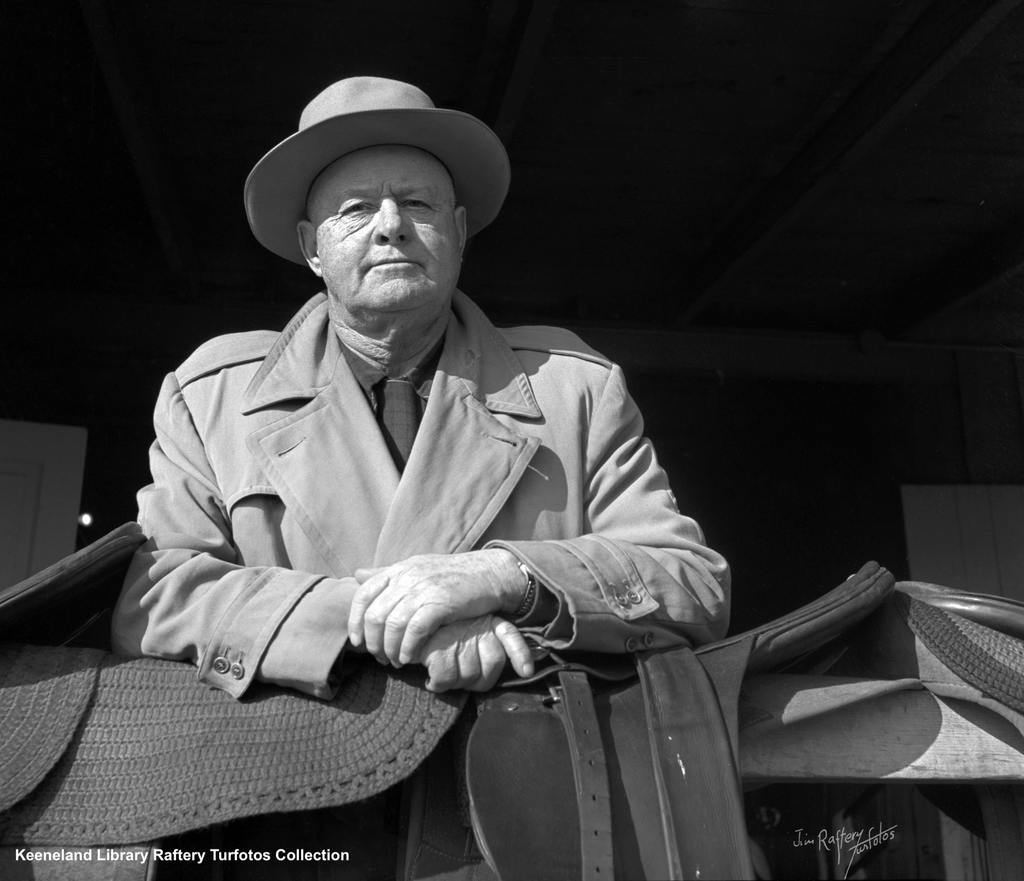
Keeneland Library begins work to preserve and catalog the Raftery Collection
In December, Ferraro traveled to Livingston’s home in upstate New York to coordinate the four-day move of 3,300 pounds of negatives via truck to a climate-controlled off-site storage facility in Lexington.
The Library began processing the collection in January, an undertaking that given its size and scope will span decades. Bin by bin, the negatives will be rehoused in archival enclosures and stored in the Library’s 24/7 temperature- and humidity-controlled vault.
Each negative will be indexed and triaged for digitization. An internal indexing system, custom-built by the Library for this project, will render each negative searchable by place, horse, race, person and date, among other metadata fields.
“Without an intake, archival rehousing, processing and indexing workflow customized to this uniquely rich and sizable collection, we would have 2 million inaccessible negatives,” Ferraro said. “We created a system centered on access and preservation of the negatives in their original form and, when warranted by condition or a high likelihood for potential future use, a digital form.”
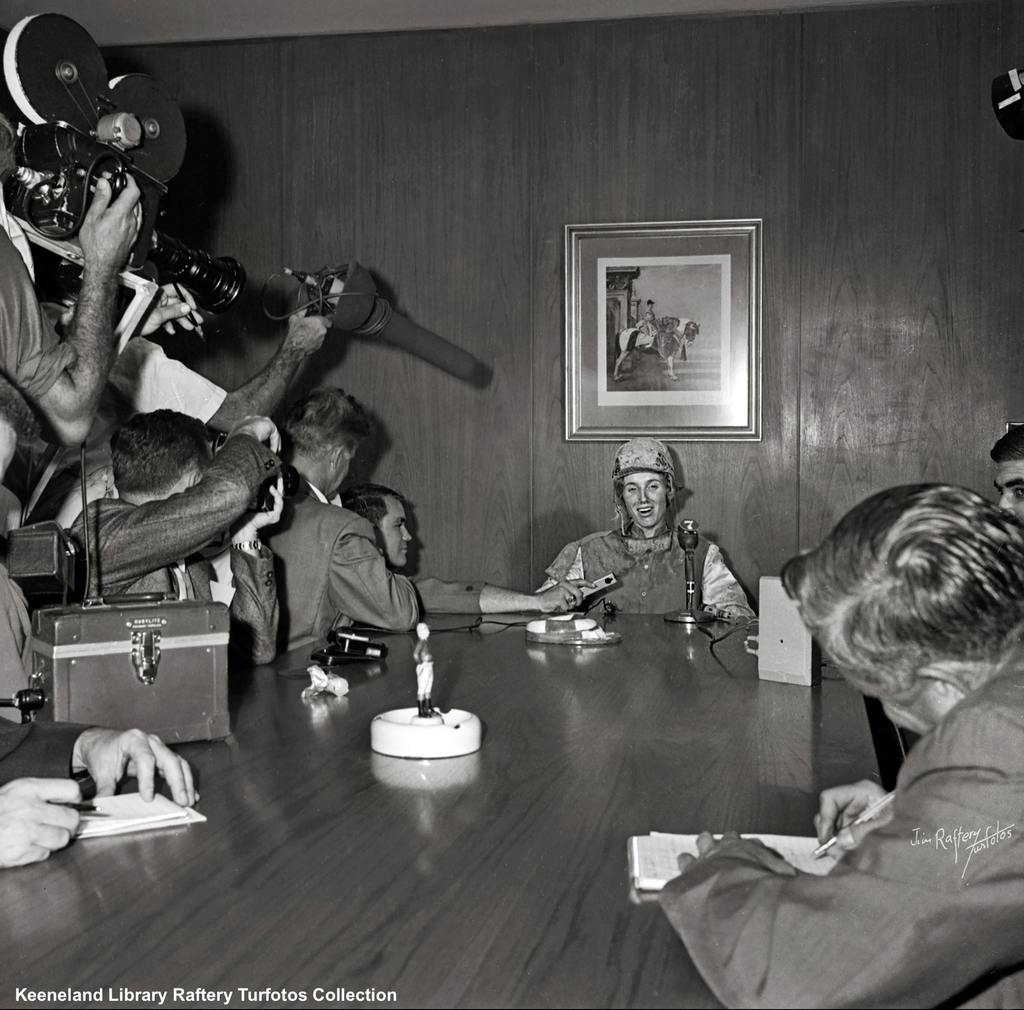
The most imperiled negatives will be digitized during processing. Select others will be digitized to respond to patron image requests after each respective negative is indexed and searchable.
“This is a painstaking, slow-moving process, particularly when we encounter negatives that require research to build our collection index with as much identifying information as possible,” Ferraro said. “It can be daunting to look ahead to the roughly 2 million negatives, but as with all our photograph collections, this is a critical preservation effort that will enhance our capacity to serve our global user base and tomorrow’s public and industry stakeholders.”
Keeneland Library works with the entire industry daily to connect journalists, writers, filmmakers, educators and publicists to its photography holdings for use in articles, books, documentaries and exhibits along with race track and farm promotional materials.



